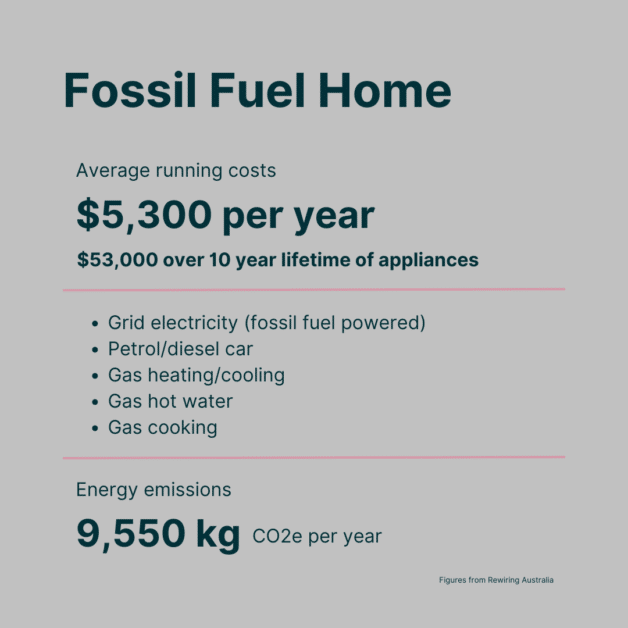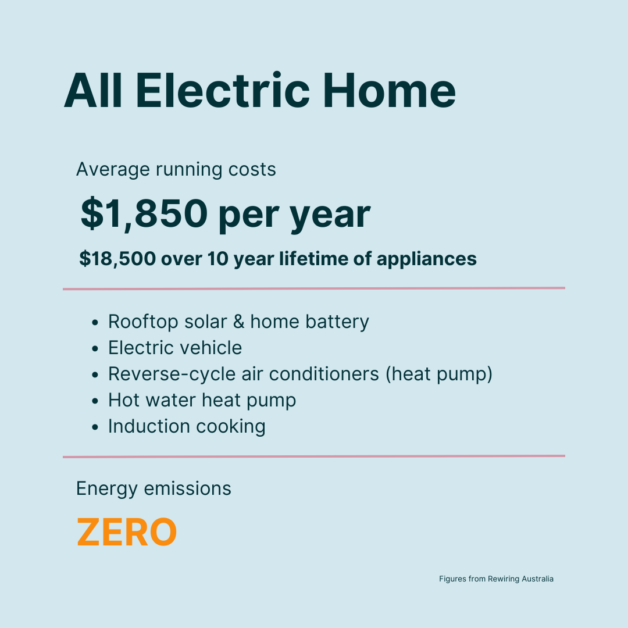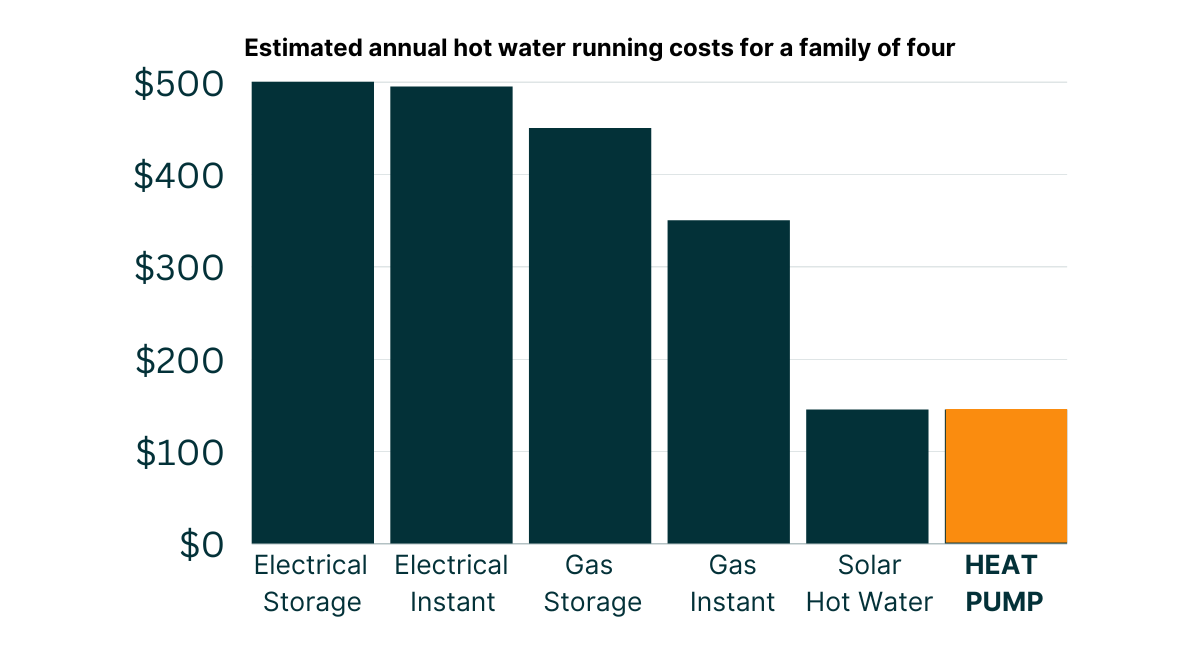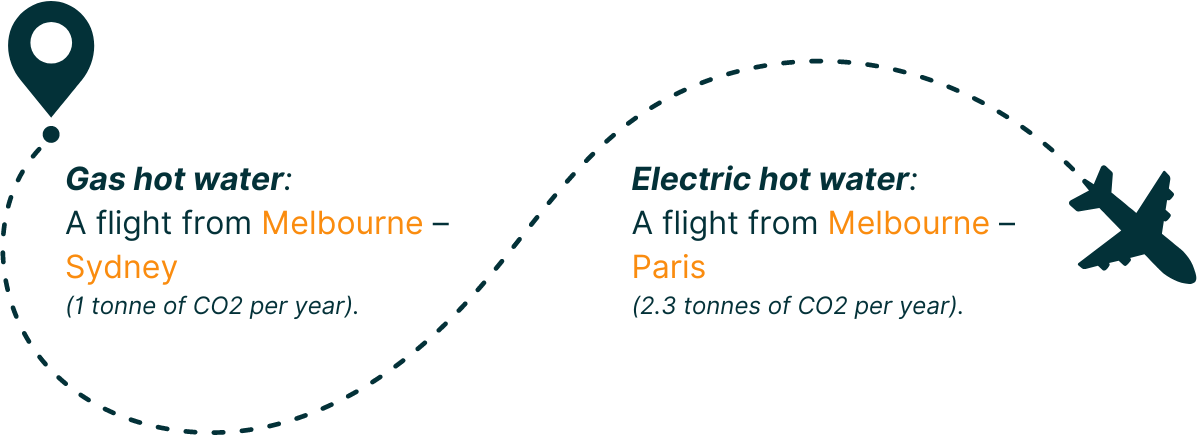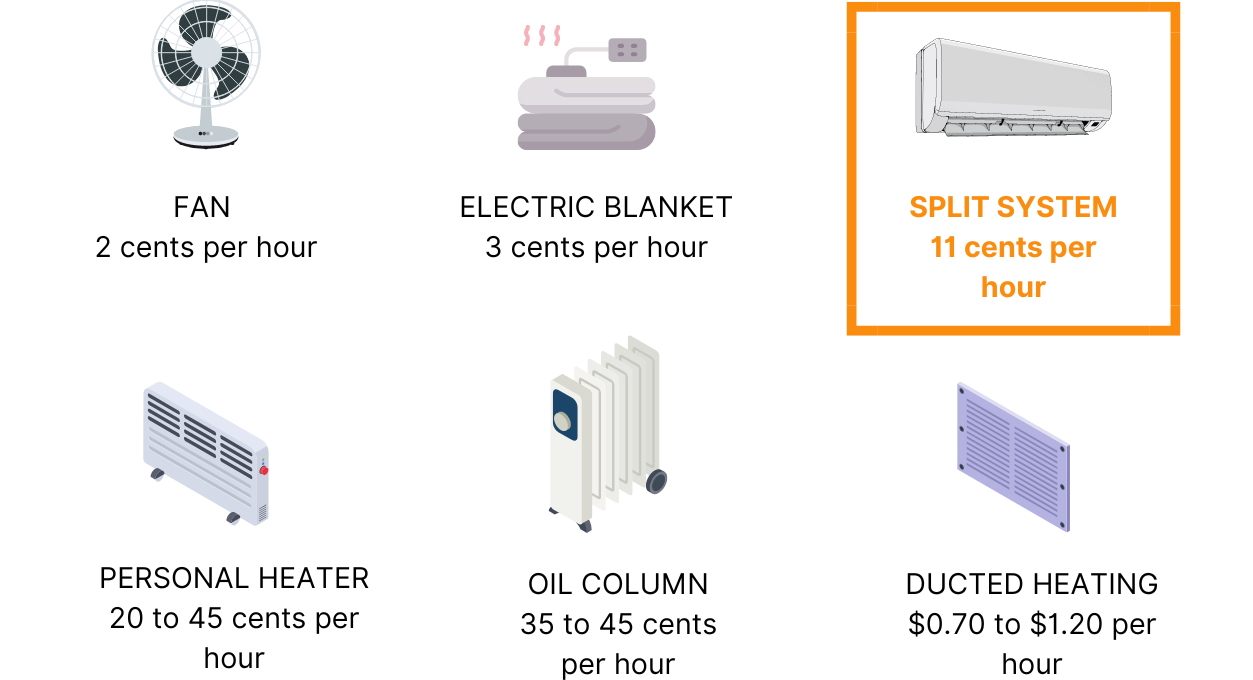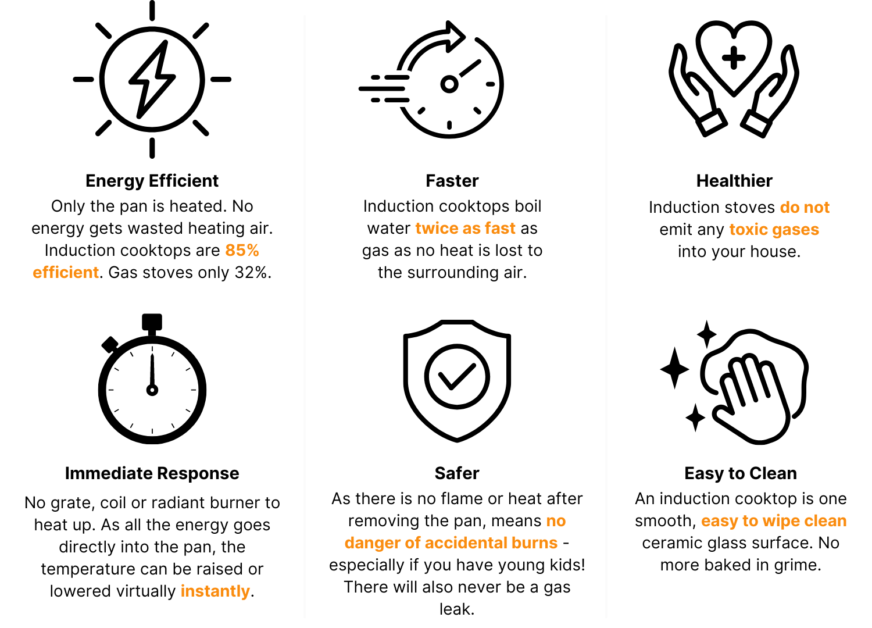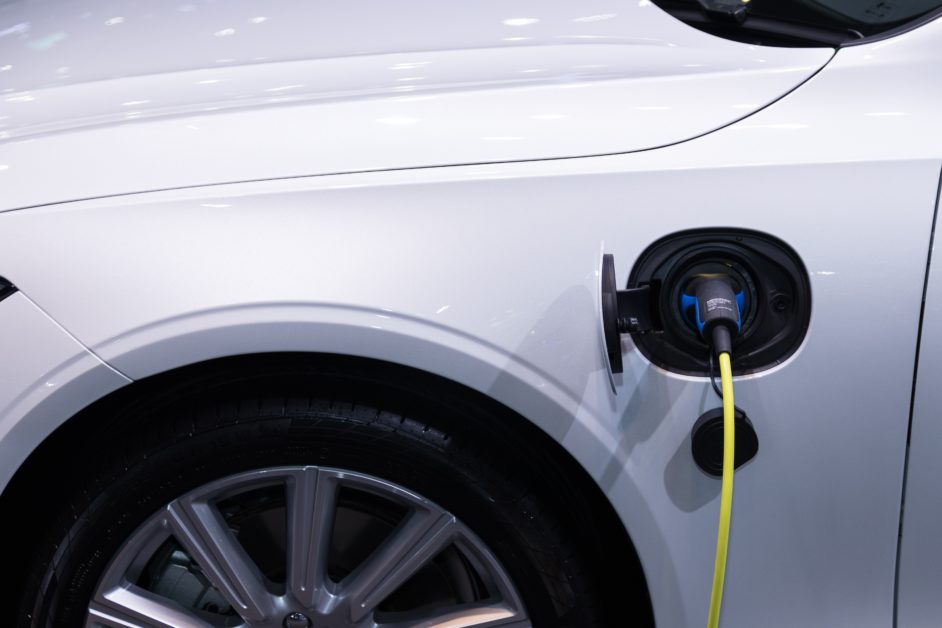In Australia, powering our homes makes up the largest portion of our domestic emissions – 42%.
Not to mention it costs us heaps of money!
This is including our cars, water heaters, air conditioners, cooktops, lights, fridges, dishwashers, dryers, etc. If you electrify everything in your home you will see a drastic reduction in both your energy bills and greenhouse gas emissions.

However, without a solar system on your roof, you will still be pulling energy from the grid, which is predominantly powered with gas and coal.
Of course, as a nation we must strive towards the decarbonisation of the grid entirely, but that is a huge goal, and it will use up the one resource we have very little of – time.

Data from: Castles & Cars Technical Study
An electrified home is relatively easy to achieve and can be heavily subsidised by both state and federal governments, and in some cases local government, such as the Better Energy Banyule program. With just a few household decisions, everyday Australians can drastically reduce their individual carbon footprint while saving heaps of money in the long run. Most of our appliances are already electric, the main ones that need replacing to achieve an all-electric home are your:
-
Heating and cooling systems
-
Water heater
-
Cooktop
-
Vehicles
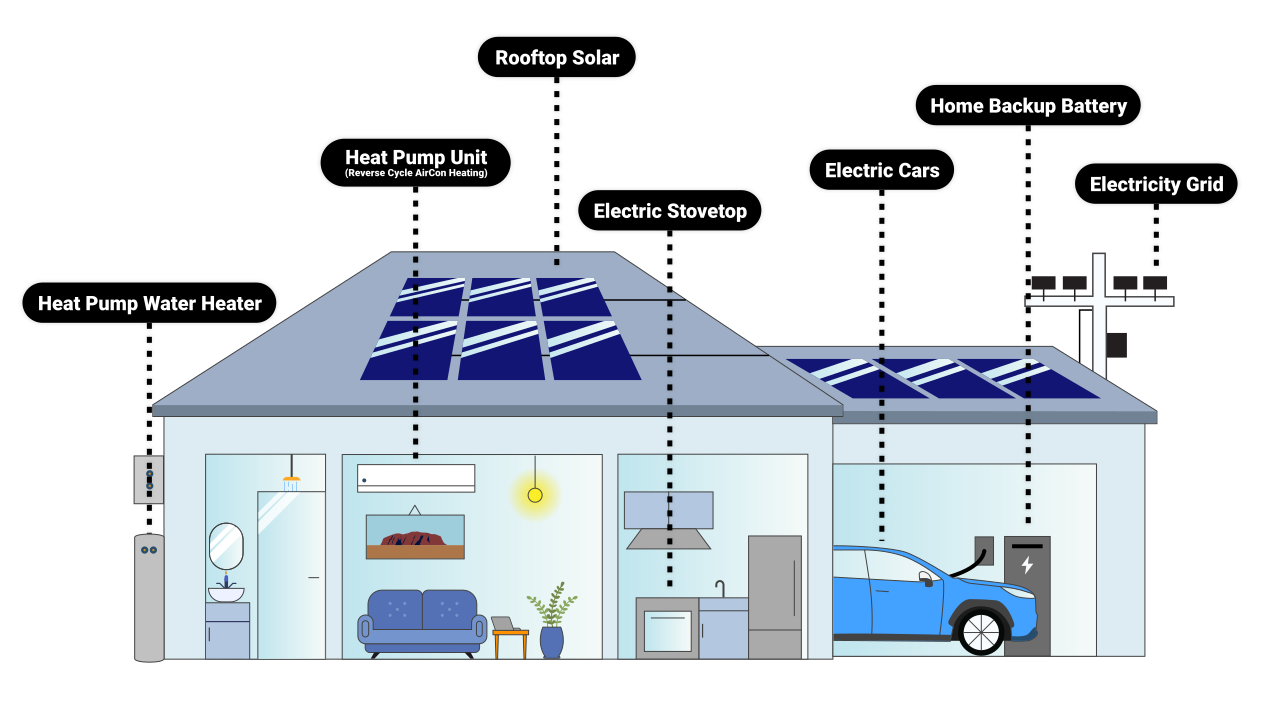
(Image credit: Rewiring Australia: https://www.rewiringaustralia.org/what-is-an-electrified-household)

Data from: Castles & Cars Technical Study
Once you are fully electric you can reap the rewards of Australia’s most famous and abundant resource – the sun! Installing solar on your roof lets you generate cheap, clean, and renewable energy to power all your electric home appliances.
You can read more about going solar here.
If you are unable to get solar, modern innovations, such as community batteries, would allow you to benefit from excess locally generated renewables.
But wait – there’s more!
Not only do these modern electric appliances use no fossil fuels (unless pulling electricity from the grid), but they are also much more efficient, which reduces your overall energy usage throughout the year. This will further reduce your costs and emissions.
This recent Environment Victoria report provides plenty of compelling evidence – including estimates that an efficient all-electric home can knock two full years off a home loan if energy bill savings are put onto a mortgage.
Also if you use your efficient heating… more efficiently (i.e sealing off draughts and better insulating our walls, ceilings, and windows) you will see costs drop even further.
